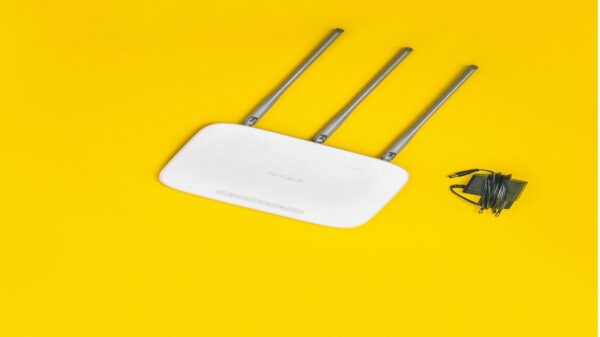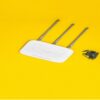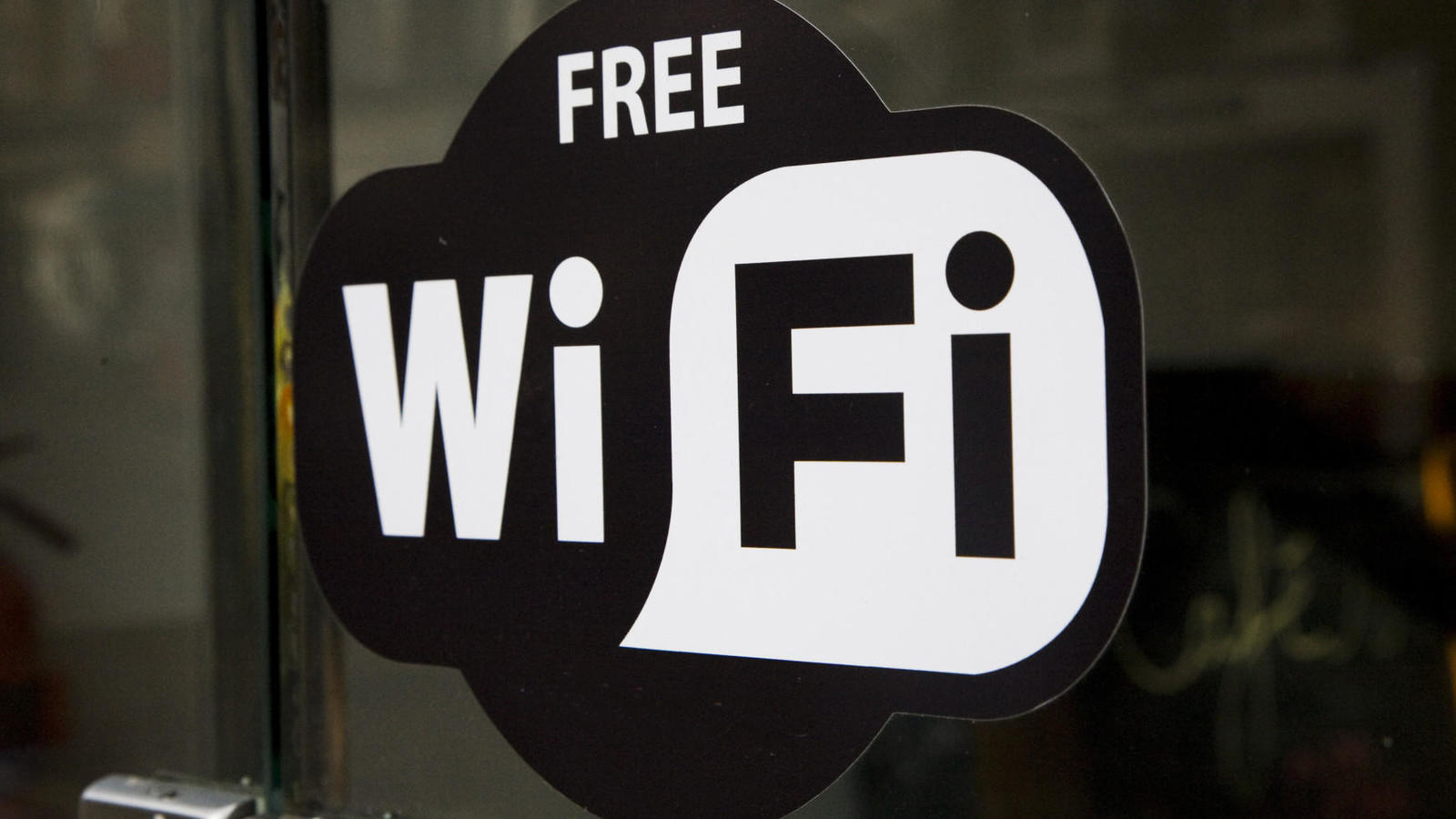The internet of things (IoT) has become almost a part of our necessity lately. The fundamental enabler of IoT is WiFi.
WiFi has made lives easier and better. It has also played a huge role in bringing us together no matter what your geographical locations are.
In this article, I have discussed a few extraordinary and mind-blowing facts about WiFi that you have probably not heard of in the past. Take a peek.
1. The term WiFi was invented by Interbrand
You probably know that the term WiFi stands for Wireless Fidelity. Well, that is actually wrong. But don’t worry. You aren’t the only person to think in that way. Most people believe that the term WiFi stands for wireless fidelity.
The wrong notion cropped up from a nonsense advertising slogan that stood for “The standard for ‘Wireless Fidelity’.”
The term WiFi was actually invented as a play on words of the term, Hi-Fi (High Fidelity).
2. The WiFi revolution is in full flow
WiFi has actually changed the world. Vinton G. Cerf, the father of the internet predicted in 1992 that IP would appear on everything. Well, it finally happened.
A large number of WiFI enabled thermostats, light bulbs, monitoring and control systems, wearable devices, security gadgets etc. are available in the market these days. IPs even appear on daily objects ranging from walking sticks to T-shirts.
So you see, the revolution has already happened.
3. WiFi has the ability to travel more than what you think
You might develop this notion at times when you fail to get a stable internet connection I your room. If you think like that, you aren’t exactly right in all aspect.
Many WiFi networks that are typically made for home use normally have a range of around 30m. So your point might be justified to this instant. But there are certain special networks that can travel more than 275kms in distance.
Such additional coverage is achieved by network technicians though special WiFi range extenders.
4. Make all connections appear seamless through a single technology
Imagine purchasing a WiFi supported TV, a sprinkler system, a thermostat or even a washing machine and getting them on the same network used by your smartphone, tablet and computer. You can do that with WiFi.
One network to rule them all.
5. With the increase in number of connected devices, security has increased by several levels
Our lives are getting more and more automated with the passage of time. Thus, it has become absolutely essential to practice safe connecting habits.
WiFi comes with industry standard security that customers can rely on with their eyes closed.
A WiFi network having WPA2 provides both privacy for communication and security at the same time. For maximum safety, it’s advisable for your network to include only those devices built with the latest security technology called WPA2 (WiFi Protected Access 2).
Almost all WiFi Certified devices implement WPA2.
6. United States has stronger WiFi signals than Europe
That’s because the regulatory authorities in the United States allow transmission in higher power than that of Europe resulting in stronger signals.
7. Wireless performance will drop if many wireless devices get on the connection
Wireless performances are sure to drop if a substantial number of devices get on it.
Many routers theoretically announce that they can support more than 255 devices at a stretch but in reality, if 255 devices get on it at the same time, the internet connection will barely stay usable at that point.
The major culprit is bandwidth which varies greatly depending on the type of your router.
Another point that you should remember is that if there are a number of WiFI networks around you, your connection is bound to slow down as multiple signals result in interference disrupting the clarity of your signal.
8. Microwaves affect WiFi networks
Microwave ovens emit a huge amount of energy when they are in use. This can interfere with your WiFi signal.
Microwave ovens emit about 1000W of energy which is almost 10,000 times more than your WiFi signal. If it comes in contact with your network, it’s definitely going to result in a significant disruption of your WiFi connectivity.
WiFi has basically changed the world and this is not an opinion any more. This has become a fact. With that, I’ll bring this article to an end for now.
Hope you had a good read.
Steven Scheck is the Principal of Inspire WiFi, the nationwide leader of multifamily wifi and healthcare wifi. When he isn't bringing Wi-Fi to the masses, he enjoys spending time and traveling with his wife and 4 kids and occasionally gets in a round of golf. He is also very involved in philanthropic causes in Miami and nationally.





















































































































































































